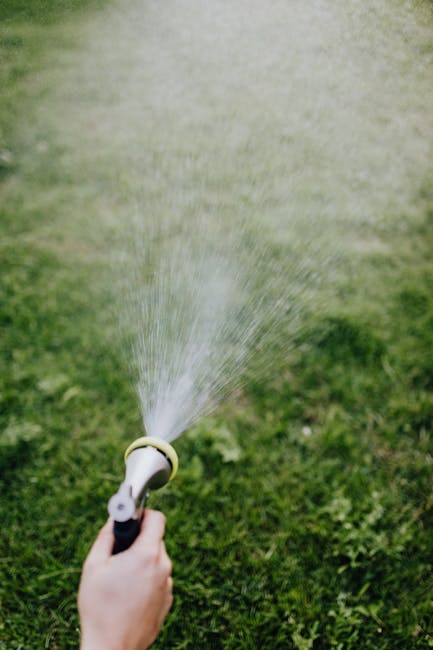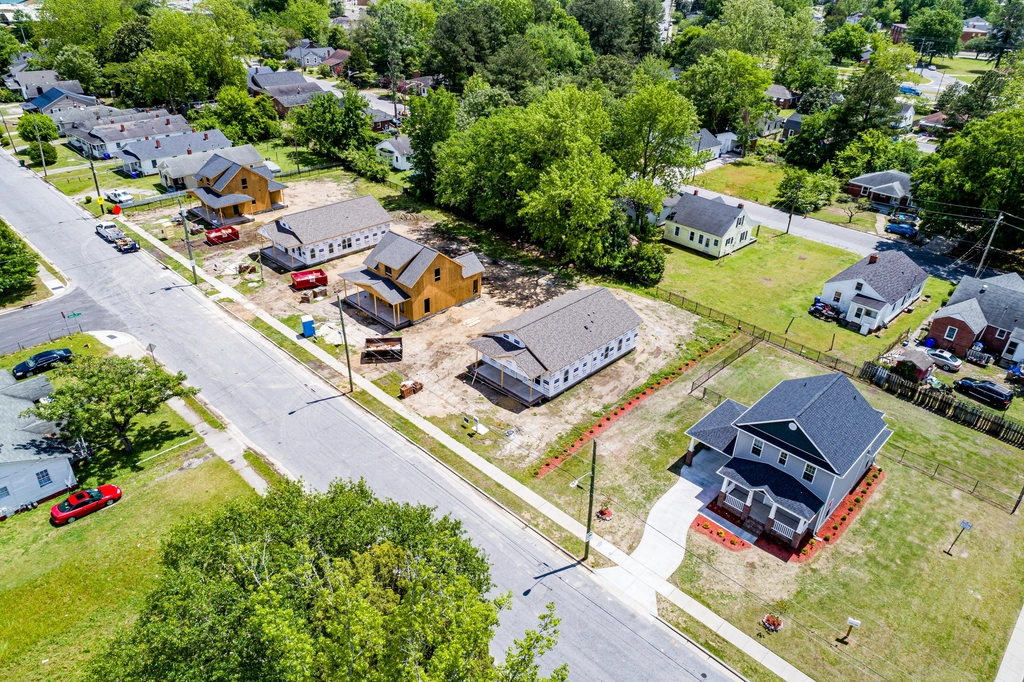The Silent Crisis Lurking Beneath the Surface

Groundwater, the hidden reservoir beneath our feet, is vanishing at an alarming rate in certain states. Unlike rivers or lakes, it doesn’t announce its presence with waves or ripples. Yet, it’s crucial for agriculture, drinking water, and industrial processes. In some areas, the depletion is so severe that it’s causing the ground to sink. This invisible crisis is often overlooked, but its impact is profound. If we continue on this path, the consequences could be disastrous.
Understanding Groundwater and Its Importance

Groundwater is essentially rainwater that seeps into the soil and gets stored in the spaces between rocks and sediments. It’s like a hidden treasure chest beneath the earth’s surface. This water is vital for various uses; it’s the backbone of agricultural irrigation and a primary source of drinking water for many communities. Imagine a sponge absorbing water; that’s how groundwater is stored in aquifers. The problem arises when we extract more water than nature can replenish. It’s a delicate balance, and right now, it’s tipping in the wrong direction.
The Role of Agriculture in Groundwater Depletion

Agriculture is one of the biggest consumers of groundwater. Farmers rely heavily on it to water their crops, especially in regions where rainfall is scarce. However, excessive pumping for irrigation is draining the aquifers faster than they can recharge. Picture a bathtub being drained without the tap running; eventually, it runs dry. Crop choices also play a role. Water-intensive crops like almonds and rice require significant amounts of groundwater. The irony is that while farming sustains us, it’s also leading to the depletion of the very resource it depends on.
Urbanization and Its Impact on Groundwater

As cities expand, the demand for groundwater increases. Urban areas often tap into these hidden reserves to meet their growing water needs. However, this urban sprawl also means more concrete and less open ground for rainwater to seep through and replenish the aquifers. It’s like covering a sponge with plastic wrap; no matter how much water you pour, it won’t soak in. This combination of increased extraction and decreased recharge is a recipe for disaster. Without sustainable management, the situation will only worsen.
The Challenge of Climate Change

Climate change is adding another layer of complexity to the groundwater crisis. Changes in precipitation patterns mean that some areas receive less rain, while others might experience intense storms. Both scenarios are problematic for groundwater recharge. Droughts lead to increased groundwater extraction, while heavy rains can cause runoff, reducing the amount of water that seeps into the ground. It’s a double-edged sword, and finding a solution requires understanding these intricate dynamics.
Technological Solutions: Hope or Hype?

Technology offers potential solutions to the groundwater crisis. Innovations like drip irrigation can significantly reduce water usage in agriculture. Satellite monitoring can help track groundwater levels and predict shortages. However, these technologies are not silver bullets. They require investment, education, and widespread adoption to be effective. Think of them as tools in a toolbox; they’re useful, but only if used correctly. The real challenge lies in integrating these solutions into existing systems.
Policy and Regulation: A Double-Edged Sword

Governments have a crucial role in managing groundwater resources. Policies and regulations can help control extraction rates and promote sustainable practices. However, implementing these measures is often easier said than done. There’s a delicate balance between supporting economic growth and ensuring resource sustainability. It’s like walking a tightrope; one misstep can have severe consequences. Effective management requires collaboration, transparency, and a willingness to adapt.
Community Involvement: The Key to Sustainable Groundwater Management

Local communities play a vital role in groundwater conservation. Education and awareness campaigns can empower individuals to adopt water-saving practices. Community-led initiatives, such as rainwater harvesting, can supplement groundwater supplies. It’s about fostering a culture of conservation and responsibility. Imagine each person as a drop in a bucket; collectively, they can make a significant impact. Engaging communities is not just beneficial; it’s essential for long-term sustainability.
The Economic Implications of Groundwater Depletion

The economic consequences of groundwater depletion are far-reaching. As water becomes scarcer, its cost rises, impacting industries and households alike. For farmers, this means higher irrigation costs and potential crop failures. Industries dependent on water might face operational challenges, leading to job losses. It’s a domino effect that can destabilize entire economies. Addressing the groundwater crisis is not just an environmental issue; it’s an economic imperative.
Lessons from Other Regions

Globally, some regions have successfully managed their groundwater resources. For instance, Israel has implemented advanced irrigation techniques and water recycling systems to combat scarcity. Australia has introduced water trading schemes to encourage efficient use. These examples offer valuable lessons for states grappling with groundwater depletion. It’s about learning from others’ successes and failures and tailoring solutions to fit local contexts. The path to sustainability is not one-size-fits-all; it’s a journey of adaptation and innovation.






